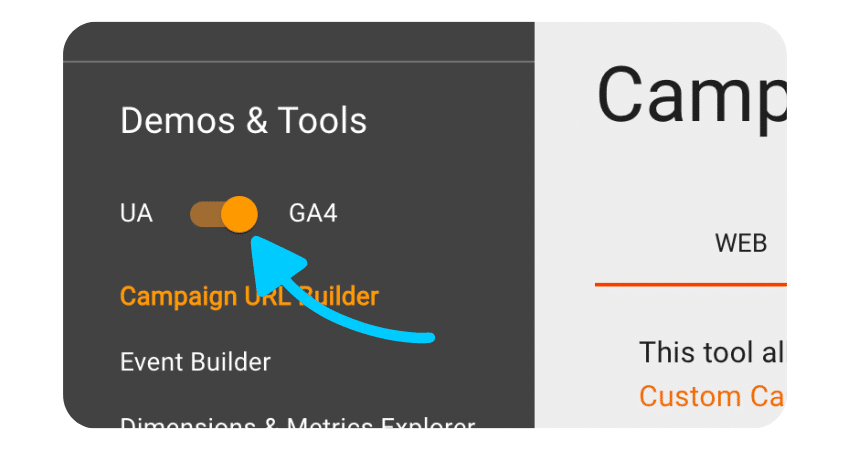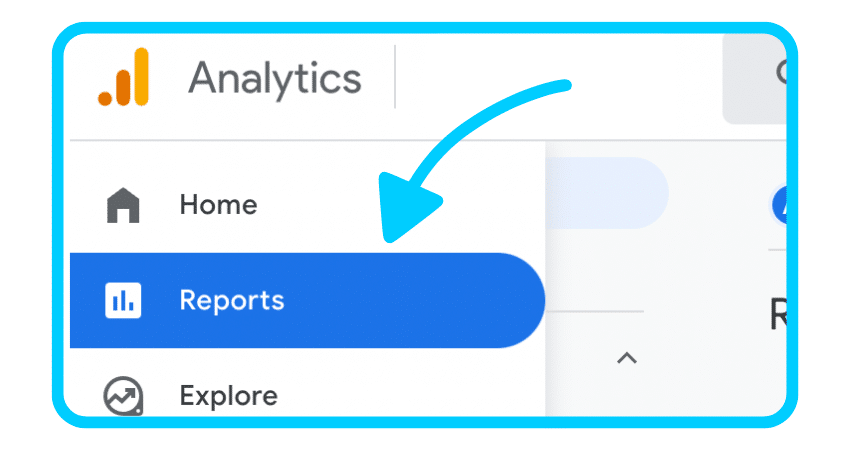Google’s Universal Analytics reached its end-of-life on July 1, 2023, so, you’ll need to transition to GA 4 for UTM tracking. In this article, we’ll guide you through two straightforward methods: using Google’s UTM builder or manually crafting UTM codes.
What Are UTM Tracking Codes?
UTM (Urchin Tracking Module) tracking codes are parameters added to URLs that allow marketers to track and analyze marketing campaigns and traffic sources in Google Analytics.
Here’s an example of a UTM code: https://yoursite.com/?utm_source=facebook&utm_medium=social&utm_campaign=
fall_sale&utm_content=ad1&utm_term=SEO
What Are the UTM Parameters in Google Analytics 4?
Traditionally, there are five UTM parameters (source, medium, campaign, content, and term), but Google Analytics includes additional parameters (id and source platform) to track campaigns:
- utm_id: Assign a unique identifier to your campaign or promotion, essential for GA4 data import.
- utm_source: Use this parameter to specify the traffic referrer, like “google,” “newsletter4,” or “billboard.”
- utm_medium: Identify the marketing medium through which the traffic is generated. “CPC” for cost-per-click ads, “banner” for display banners, or “email” for email marketing campaigns.
- utm_campaign: Define specific details about your product, slogan, or promo code associated with the campaign, like “seo-services.”
- utm_source_platform: Attribute traffic to a specific directing platform in Google Analytics 4 (like Search Ads 360 and Display & Video 360).
- utm_term: Identify the specific keywords that are driving paid search traffic.
- utm_content: Use this parameter to differentiate between different creatives or elements within a campaign.
📚 Related Article: The Ultimate Guide to UTM Codes & Tracking: In this guide, you’ll learn how to track and analyze marketing campaigns using UTM codes. We also include best practices and advanced strategies for your next campaign.
Are UTM Parameters Tracked In GA?
When you include UTM parameters in your URLs, Google Analytics automatically captures and records the values of these parameters along with other data about user interactions and traffic sources.
You’ll first have to create the UTM codes using one of the methods below.
Why are UTM codes important?
“UTMs allow marketers to pull information about how users are getting to their website or accessing specific landing pages by giving visibility into how different media tactics drive traffic to your website after clicking through an ad or organic link.With this information, you can view how users interact with your site to see whether they continue engaging or bounce off your website.”

How to Create UTM Codes in Google Analytics 4
There are multiple ways to create URLs with UTM codes in Google Analytics 4. You can either use Google’s free UTM generator or build them manually.
❗As Google’s Universal Analytics ended on July 1, 2023, so you’ll need to learn how to create these parameters in GA 4.
1. Use Google’s UTM Builder for Google Analytics (GA) 4
Google offers a free URL builder so you can easily generate UTM codes. To create UTMs in GA4, make sure the toggle under “Demos & Tools” switch from UA to GA4.
Like this:

Then, fill in the form with your campaign information. Google will guide you through how to fill in each parameter.
Once finished, copy and paste the URL to the relevant item in your campaign. For example, a call-to-action (CTA) in your email newsletter.

2. How to Manually Create a UTM Code for GA4
You can also manually create a UTM code. Every parameter is not required, although, according to Google, you must add at least one UTM parameter for a GA4 site.
- Start with the full URL you want to track, like https://kortxprod.wpenginepowered.com.
- Add a question mark (?) to the end of the URL.
- Add the UTM parameter “utm_source=” followed by the traffic source (e.g., utm_source=facebook).
- Add the UTM parameter “utm_medium=” followed by the medium of the traffic (e.g., utm_medium=cpc).
- Add the UTM parameter “utm_campaign=” followed by the name of your campaign (e.g., utm_campaign=summer_sale).
- Add the UTM parameter “utm_content=” to differentiate between different versions or elements of your campaign (e.g., utm_content=button_link).
- Add the UTM parameter “utm_term=” to specify the keyword or search term used (e.g., utm_term=running_shoes).
- Separate each UTM parameter with an ampersand (&) if you have multiple parameters.
When you finish, it will look something like this: (everything in bold is the UTM code)
Example UTM code: https://kortxprod.wpenginepowered.com?utm_source=facebook&utm_medium=cpc&
utm_campaign=seo_sale&utm_content=button_link&utm_term=advertising_services
How to See & View UTM Codes in Google Analytics 4
If you already have Google Analytics 4 installed for your site, Google will automatically track your UTM campaigns.
📚 Related Article: Google Analytics 4 (GA4) Implementation Guide: This guide contains essential resources to implement Google Analytics 4 on your website.
To view your UTM campaign data, go to Reports.

Then Acquisition > Traffic acquisition.

Scroll down to the table underneath the graph. Select the drop-down arrow next to Session default channel group to change the parameter (how you group your traffic).
Select the UTM parameter you want to see:
![]()
Why should marketers track UTMs in GA4?
“UTM parameters, when configured properly, are invaluable in Google Analytics for analyzing the success of your specific marketing efforts in driving desired actions on your website.For example, UTMs can help reveal which creative variation for a specific campaign has driven the most unique visitors to your website or which targeting strategy drives the most lead form fill conversions. This allows you to make quick optimization changes to your marketing campaigns.”

Create GA UTM Codes Today in GA4
Whether you use Google’s UTM builder or manually create UTM codes, these methods will help you generate the necessary URLs for tracking.
➡️ Here are a few more helpful articles to help you get the most out of Google Analytics 4:
Need help with GA4? Our team is here.
Our Analytics team is here to guide you through the process, providing expertise on platform differences and assisting with setting up UTM parameters, re-tagging your site and events, and more.
Kate Meda is a Copywriter at KORTX. She enjoys omitting needless words and making things sound good.
